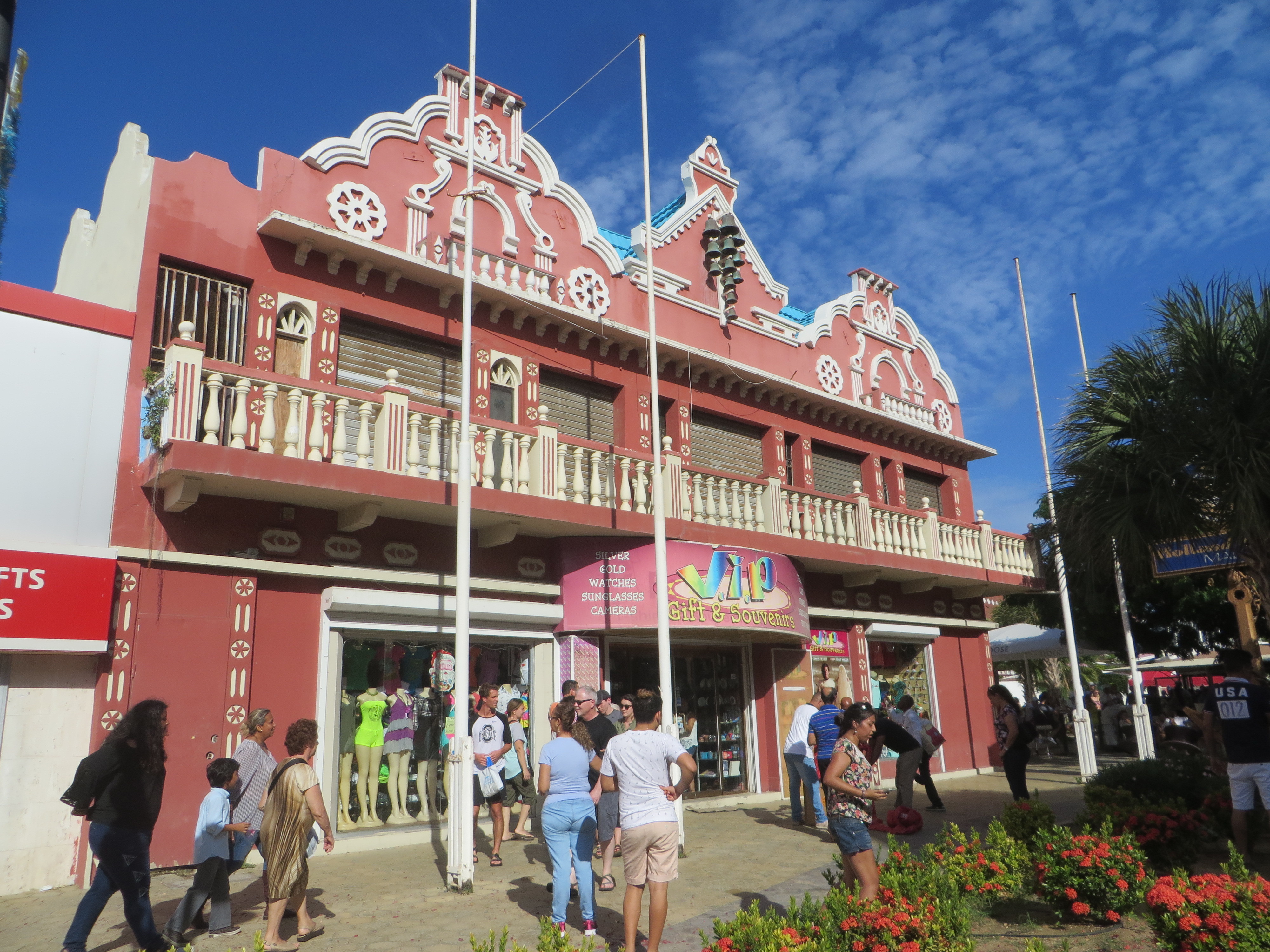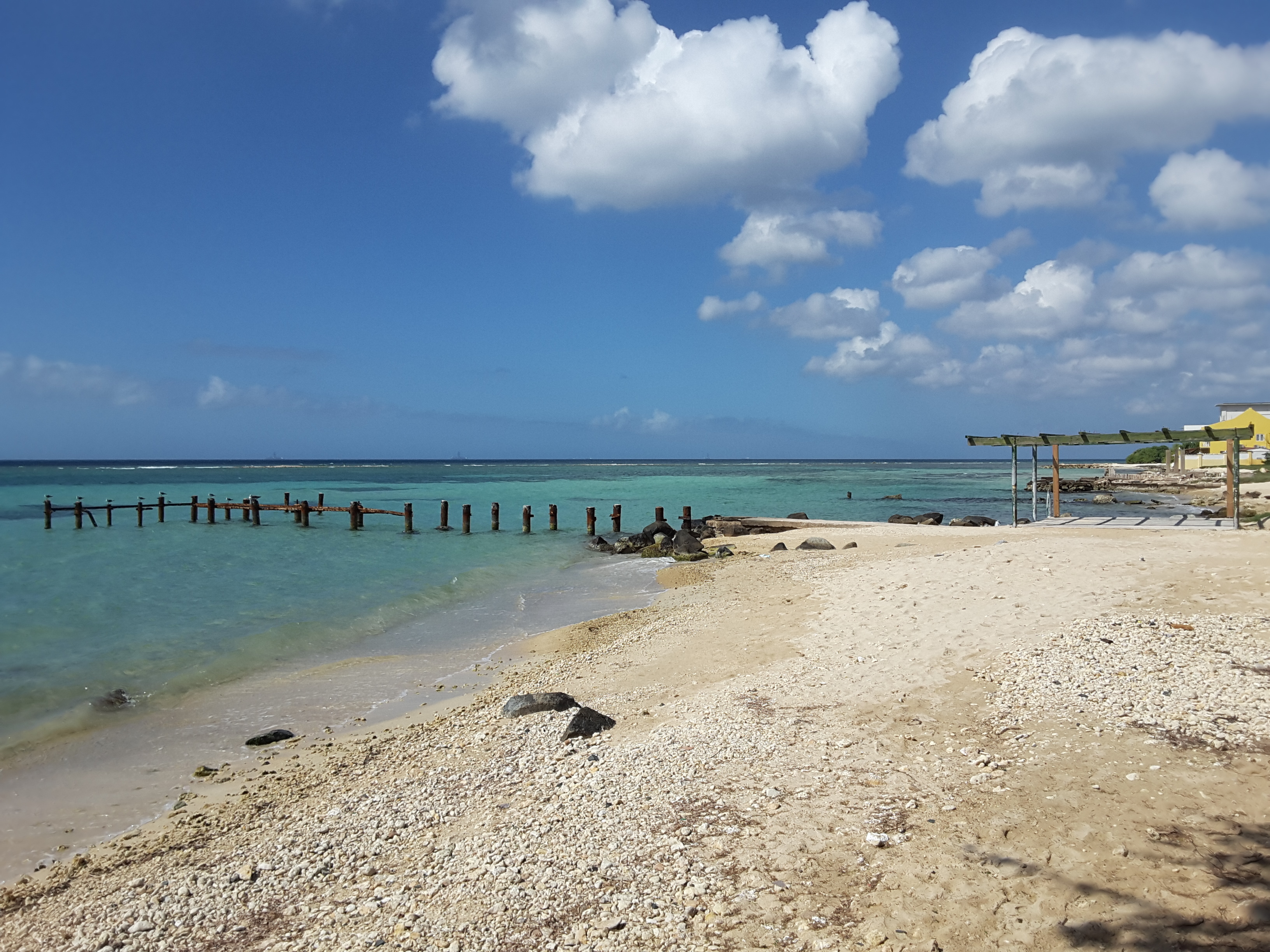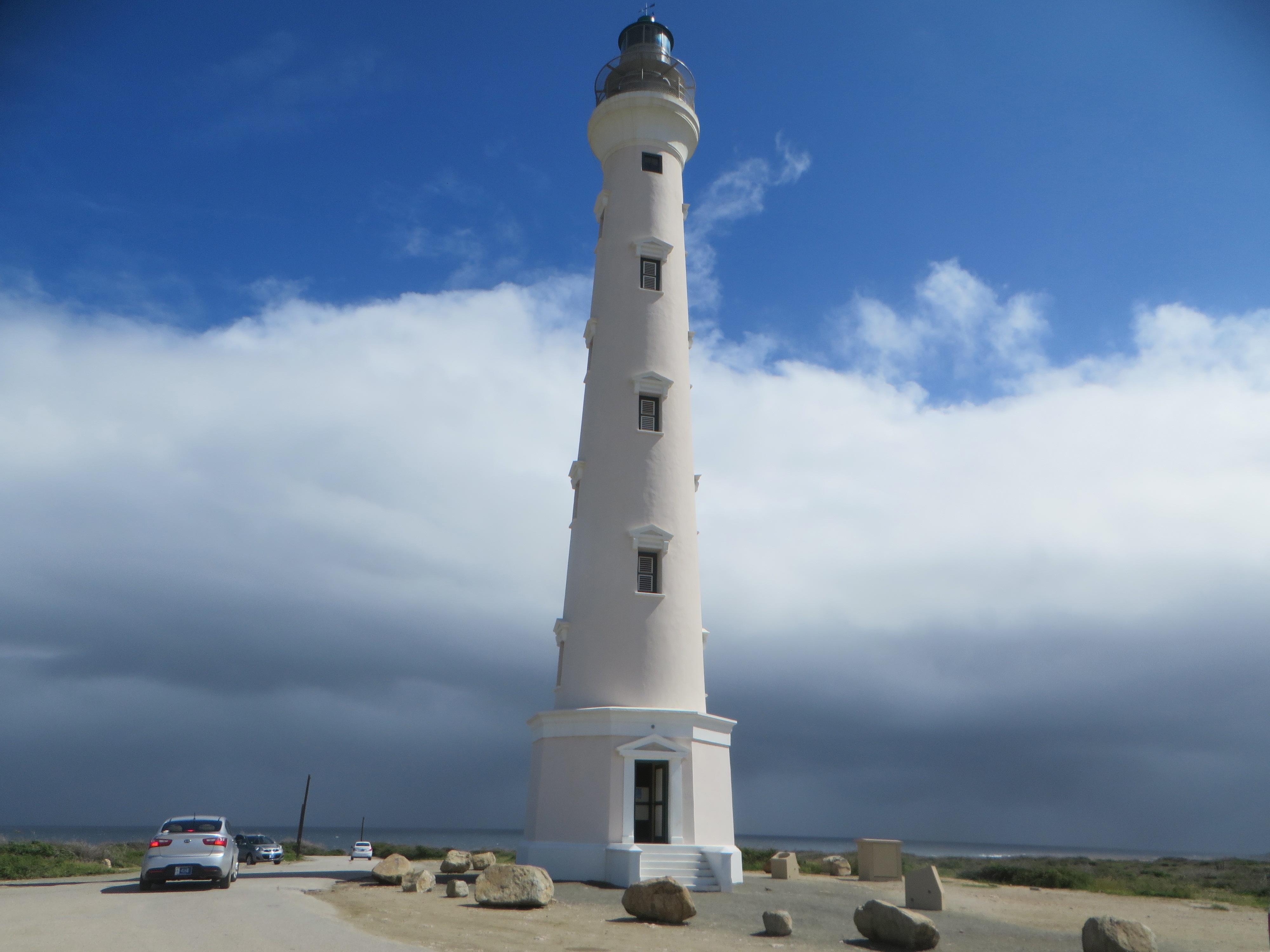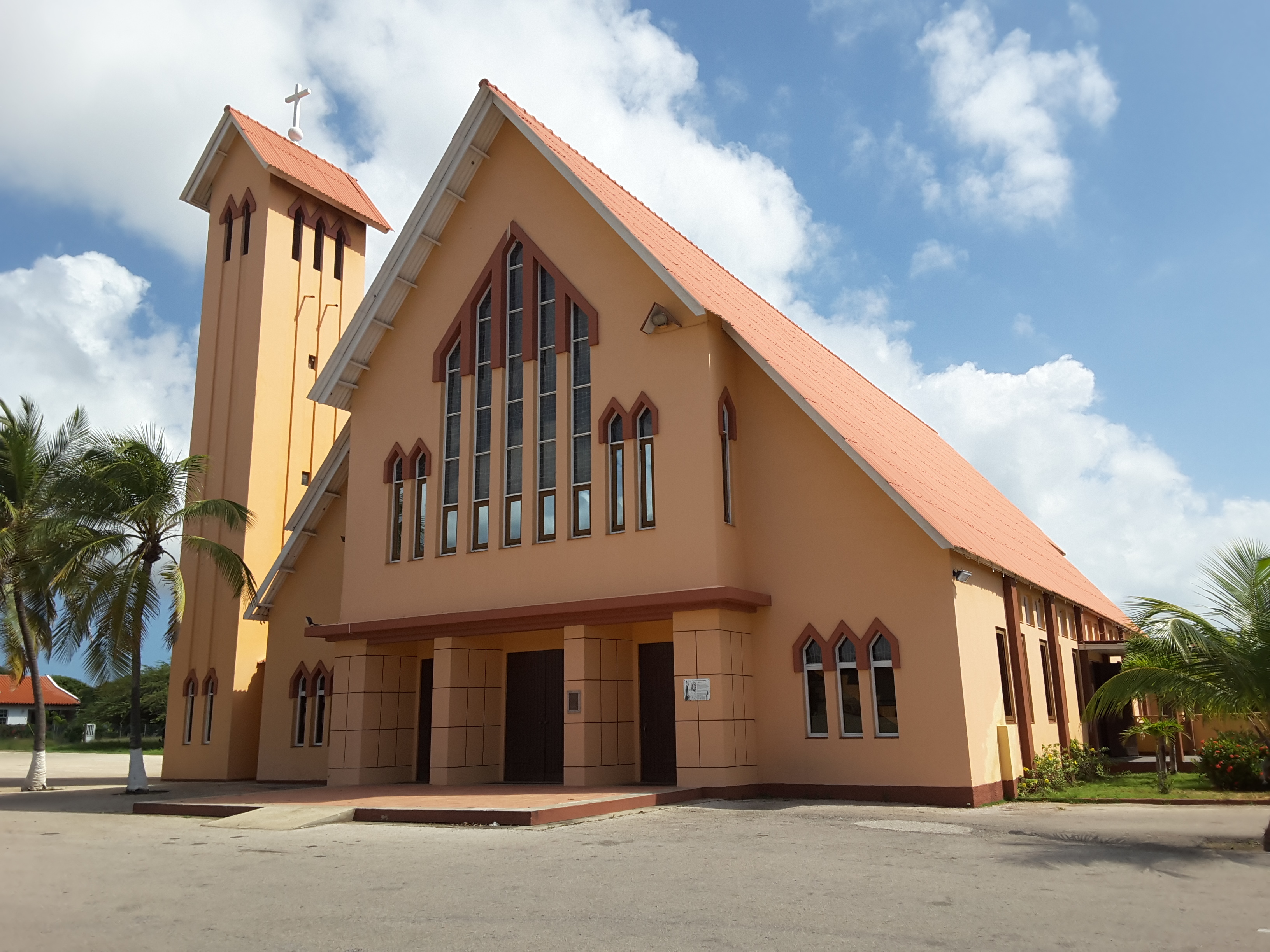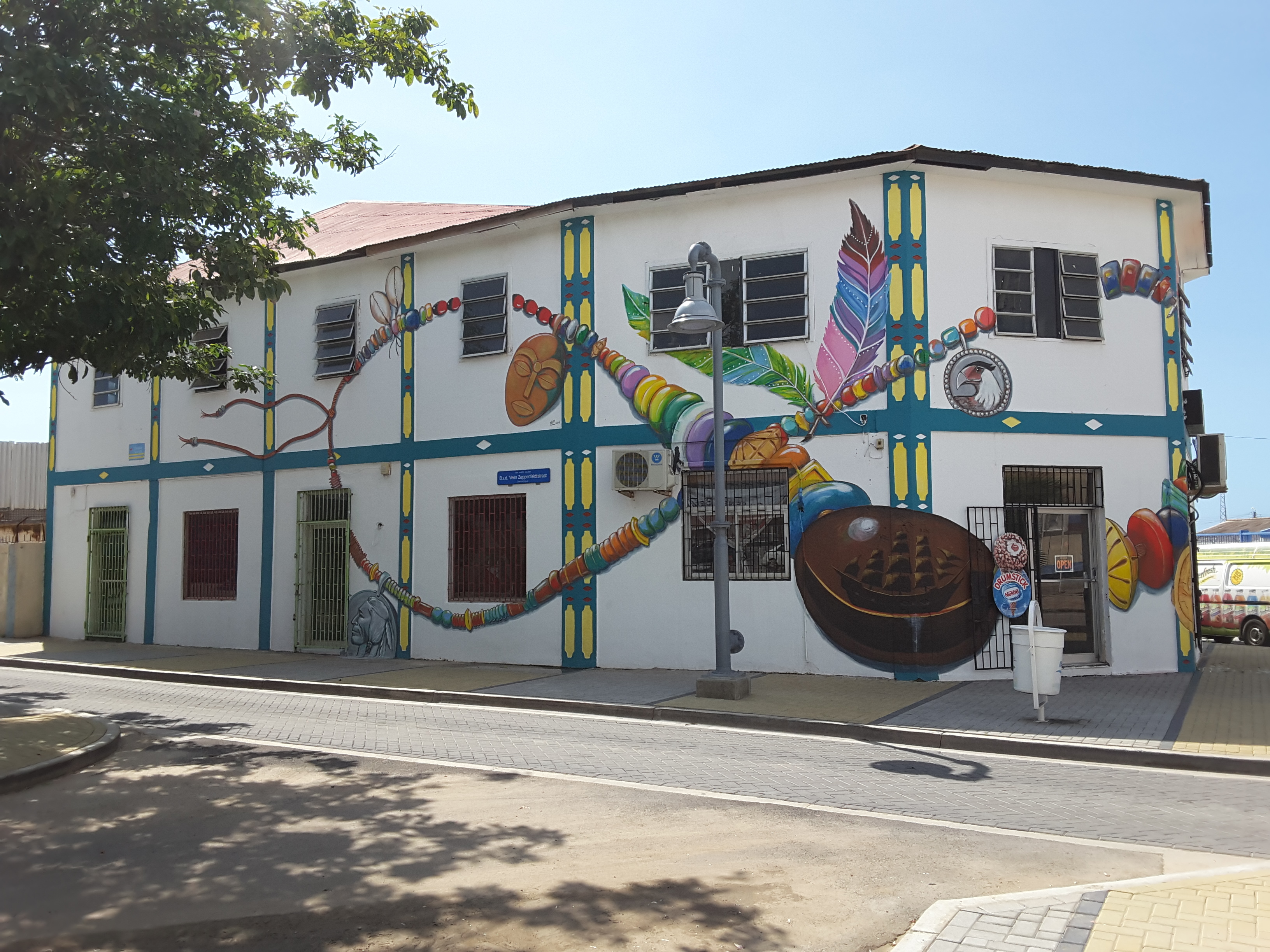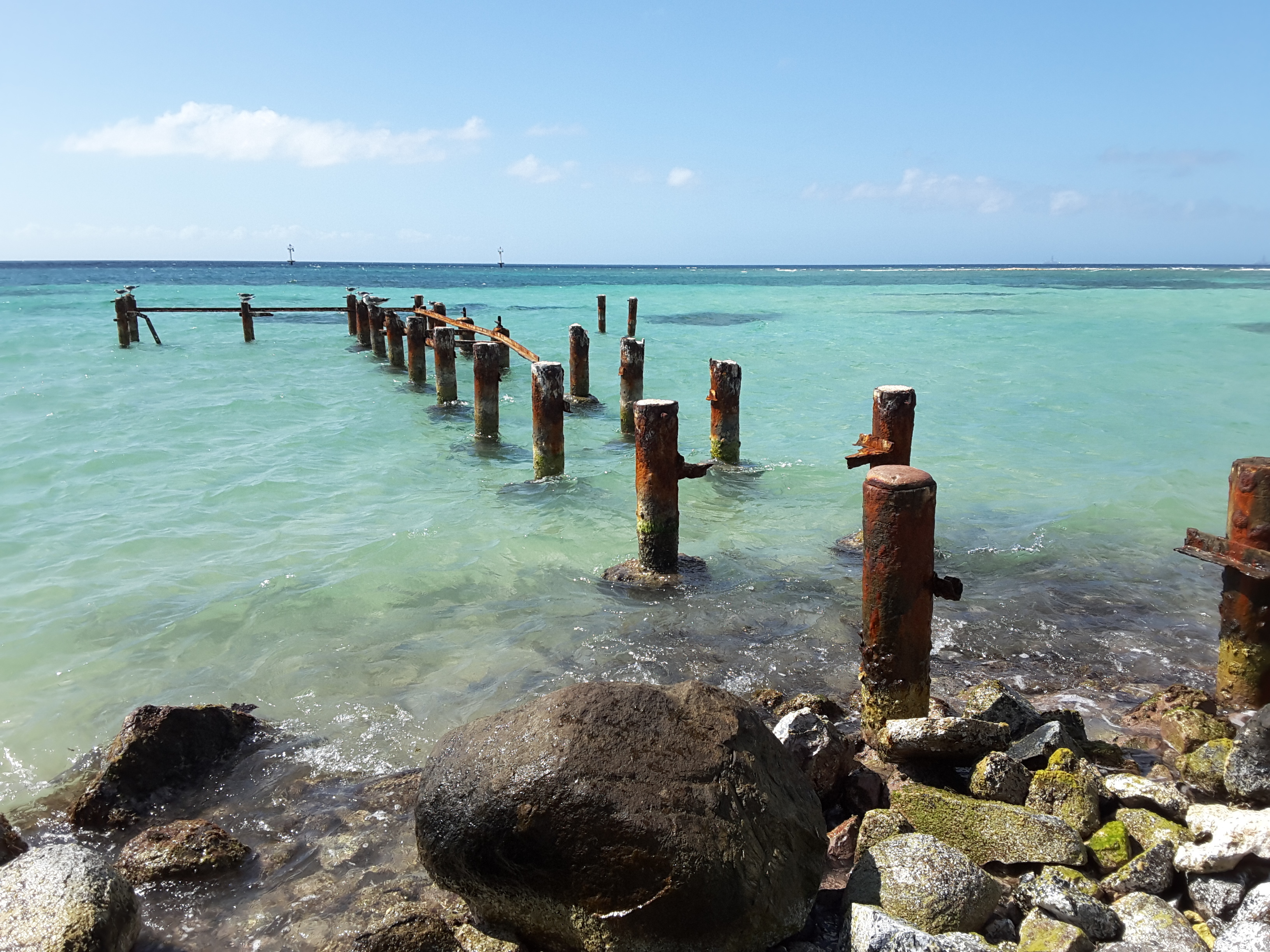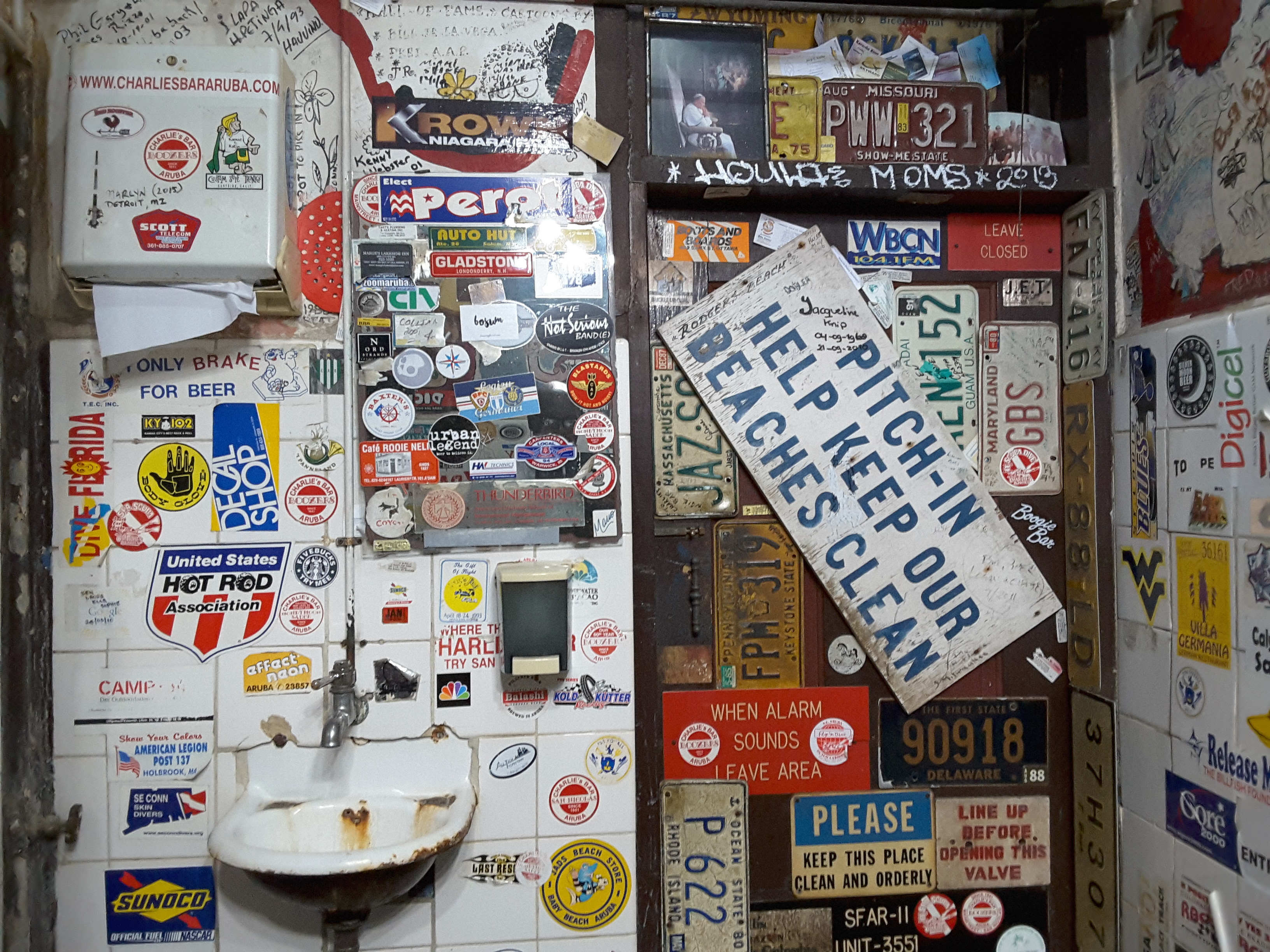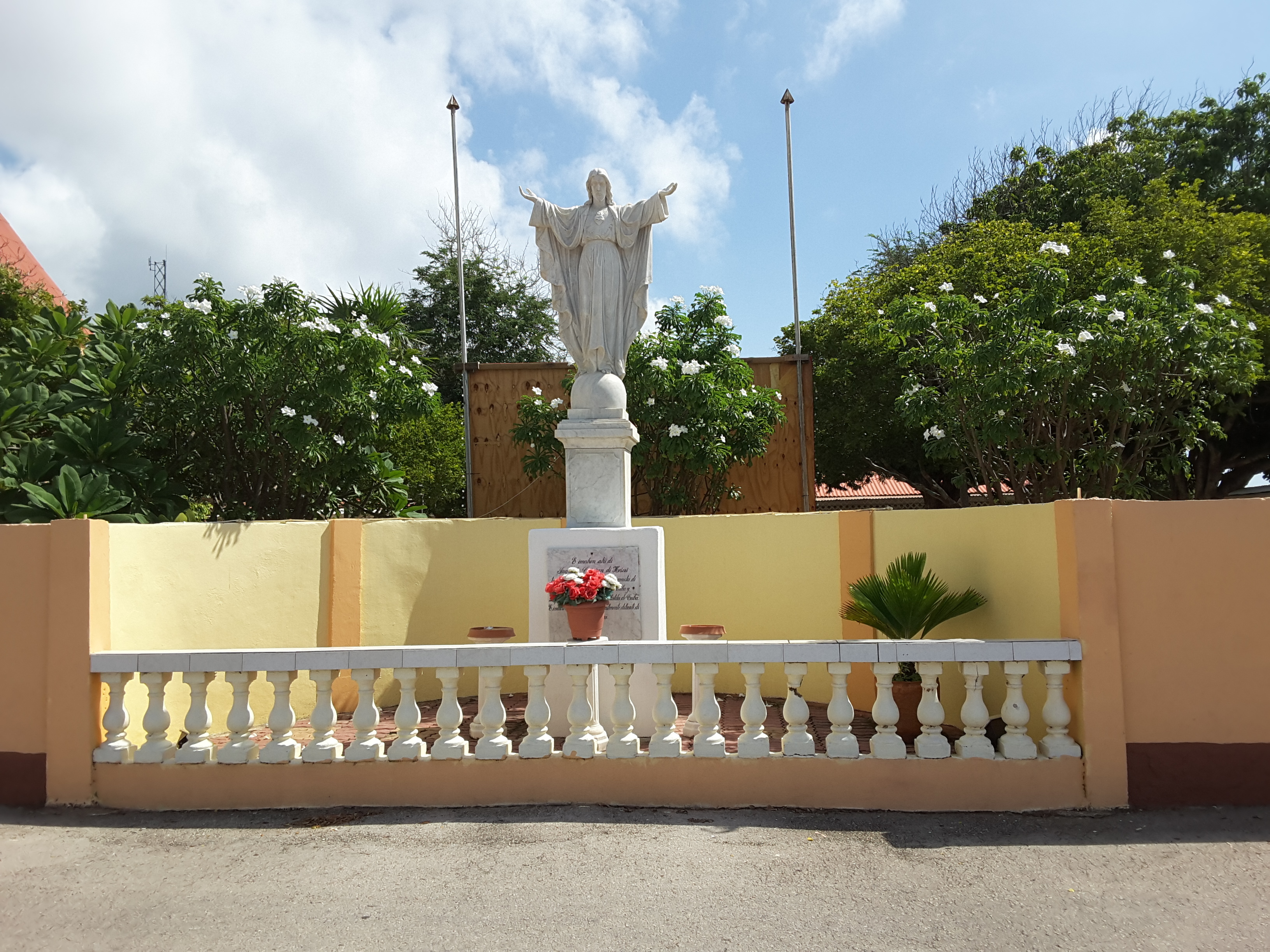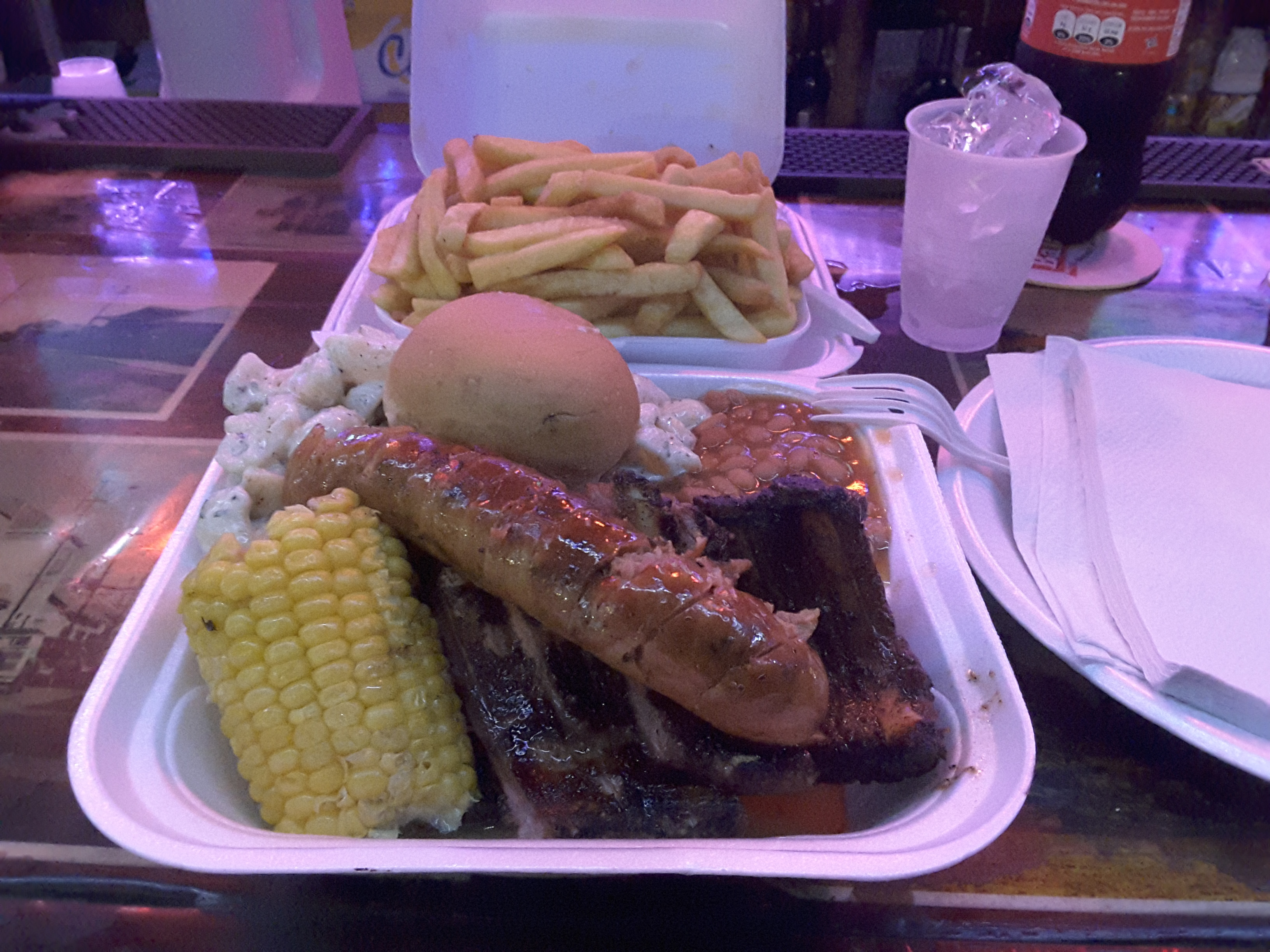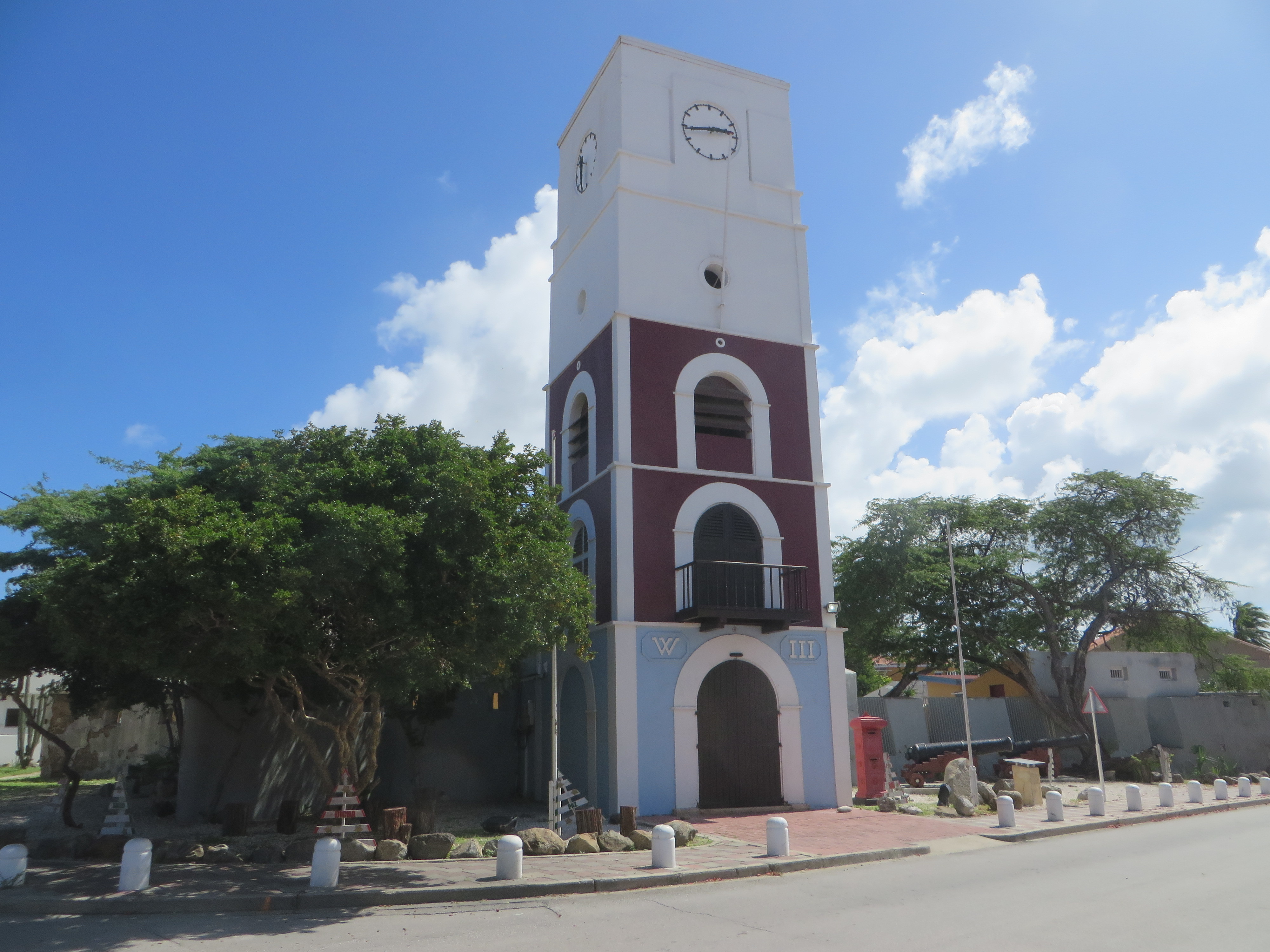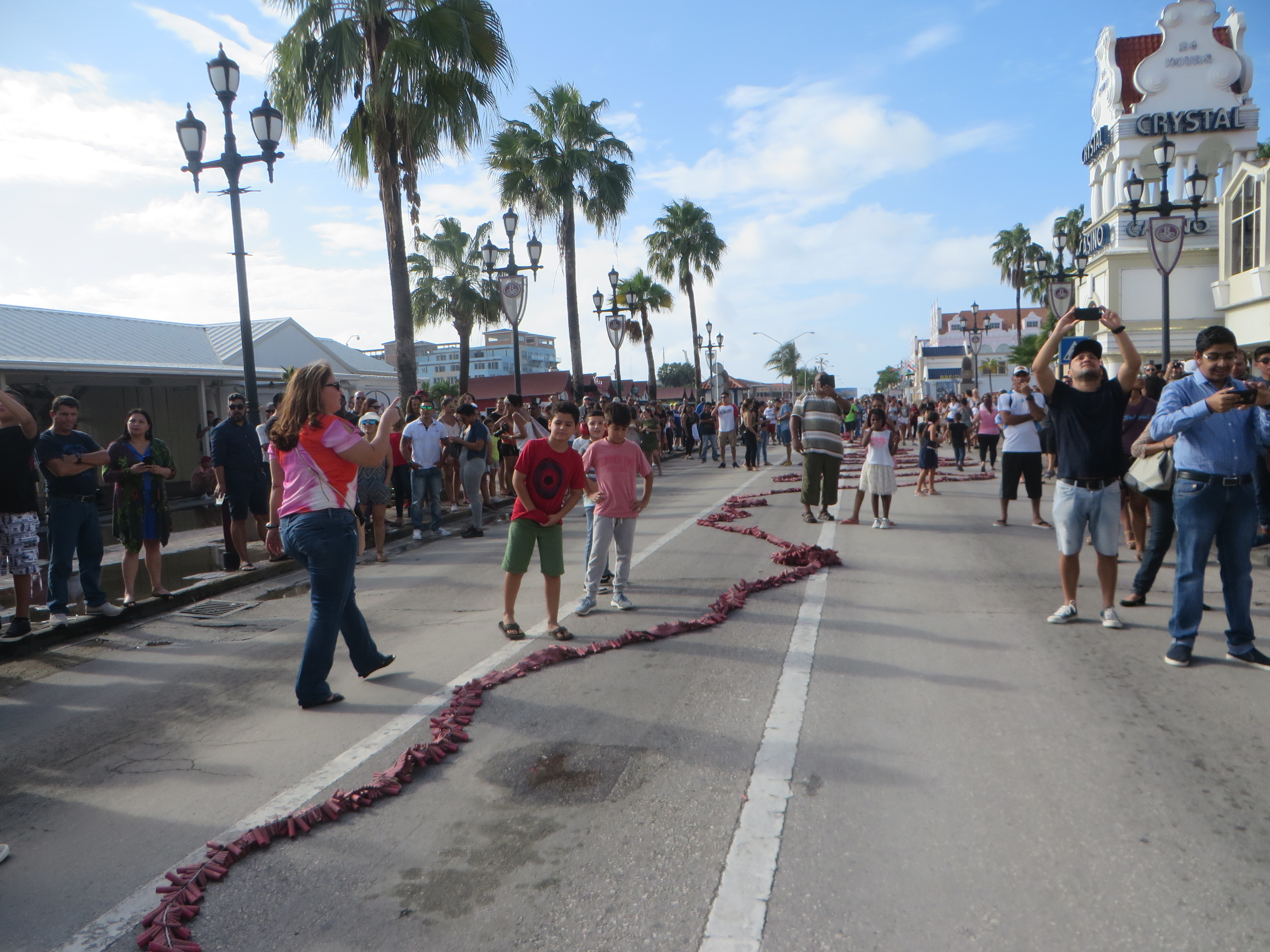Aruba
Flickers of light signaled the firecrackers' direction. I choked on the smoke as I tried to find a clearer place to watch these theatrics but then the noise and heat became too intense. Pursing my goal of capturing these festivities in photos and videos, I remained persistent. As the crowd swirled, the smoke subsided amid the final sparks, and then the observers closed in to pick up unexploded firecrackers only to be startled by a few smoldering bangs and pops. This is how Arubians observe the New Years: 24 hours of pyro-kinetics big and small soft to deafening sounds, and flickers to flames.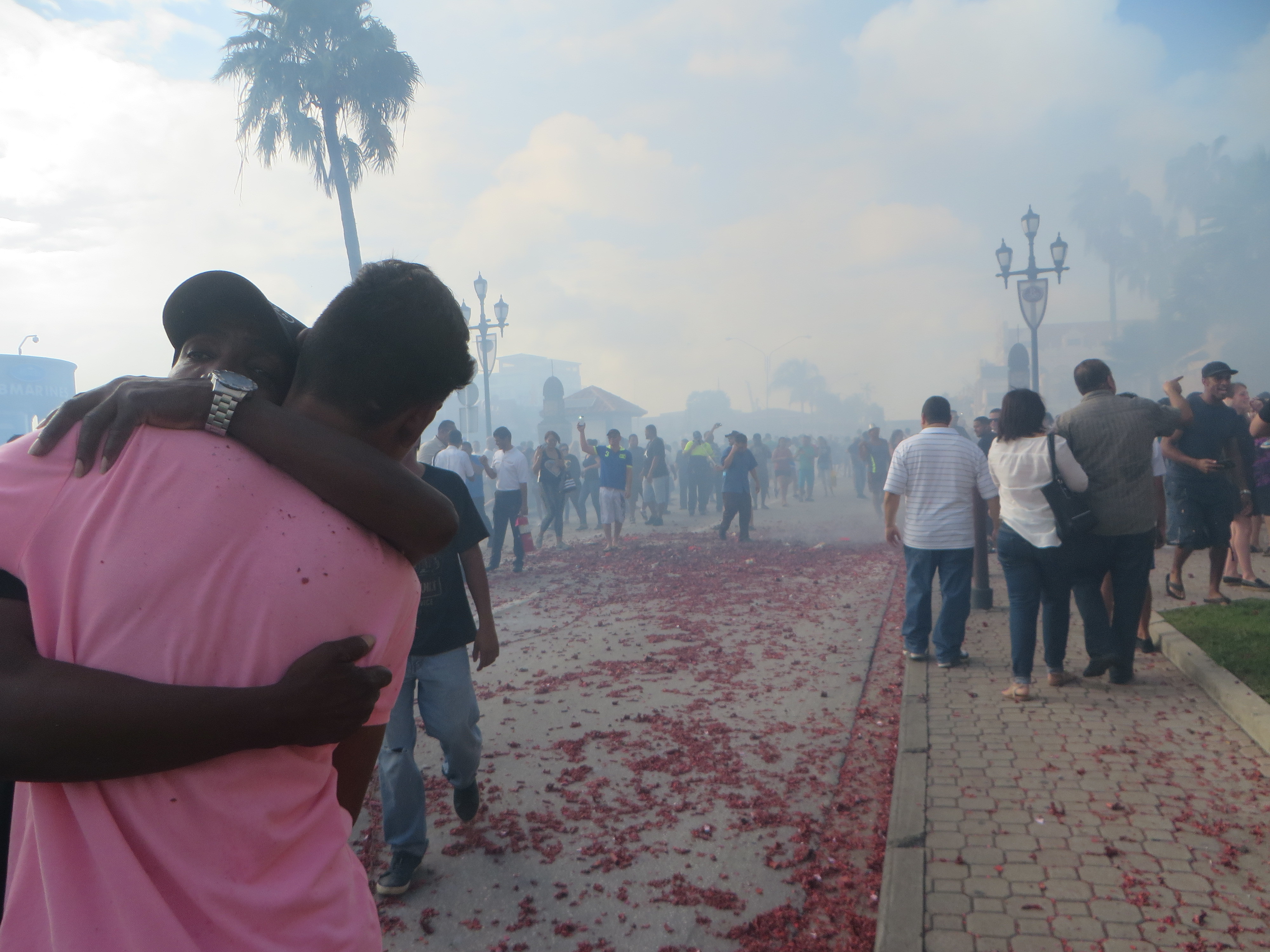
 The streets of Oranjestad, dotted with Dutch architecture, were quiet on New Year's Day. Bold mixes of canary yellow, brick red, and powder blue create the palette that gives life to this small and flavorful town. Stores, bridges, the bus station, and church contrast local history and current times by blending a vibrancy that reflects the attitudes of the locals. I quickly learned the points of interest like the Fort Zoutman Historical Museum and National Archeological Museum. Then I shifted to finding places to eat my favorite dish. A full slab of ribs, thickcut fries, beans, Cole slaw, and a slice of Texas toast all dripping with BBQ. Cans of Balashi, locally made beer, both cooled me and helped me get everything down. After this hearty meal of generous porportions, I spent the remainder of my day on the beach. That evening the sun set was replaced by tiki torches that flickered like lighting bugs. Beers and appetizers filled my tab while 1980s and 1990s classics streamed from a laptop in a corner as I joked and flirted with Colombian women until last call.
The streets of Oranjestad, dotted with Dutch architecture, were quiet on New Year's Day. Bold mixes of canary yellow, brick red, and powder blue create the palette that gives life to this small and flavorful town. Stores, bridges, the bus station, and church contrast local history and current times by blending a vibrancy that reflects the attitudes of the locals. I quickly learned the points of interest like the Fort Zoutman Historical Museum and National Archeological Museum. Then I shifted to finding places to eat my favorite dish. A full slab of ribs, thickcut fries, beans, Cole slaw, and a slice of Texas toast all dripping with BBQ. Cans of Balashi, locally made beer, both cooled me and helped me get everything down. After this hearty meal of generous porportions, I spent the remainder of my day on the beach. That evening the sun set was replaced by tiki torches that flickered like lighting bugs. Beers and appetizers filled my tab while 1980s and 1990s classics streamed from a laptop in a corner as I joked and flirted with Colombian women until last call.
 The more active tourists can visit Arikok National Park. Taking up 20% of the island is a landscape of lush vegetation, beaches, and solar windmills near the hiking, horseback riding, and biking trails. The piéce de résistance is the caves used by the original inhabitants who left drawings that are still not fully understood. The adventurous tourists can explore them extensively. The dark caves and paths are only lighted by camera flashes or cell phone lights as other explorers provide an eerie backdrop as their voices echo and fool you into thinking they are close, when they are not.
The more active tourists can visit Arikok National Park. Taking up 20% of the island is a landscape of lush vegetation, beaches, and solar windmills near the hiking, horseback riding, and biking trails. The piéce de résistance is the caves used by the original inhabitants who left drawings that are still not fully understood. The adventurous tourists can explore them extensively. The dark caves and paths are only lighted by camera flashes or cell phone lights as other explorers provide an eerie backdrop as their voices echo and fool you into thinking they are close, when they are not.

